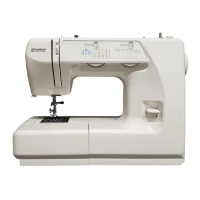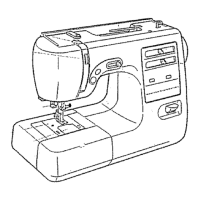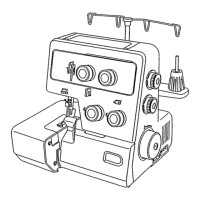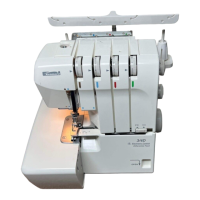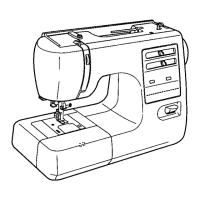Why is my Kenmore 385.16764 skipping stitches?
- LLeon ReyesJul 29, 2025
Skipped stitches on your Kenmore Sewing Machine can occur if: * The needle is incorrectly inserted. * The needle is bent or blunt. * The needle and/or threads are not suitable for the work being sewn. * A blue needle is not being used for sewing stretch, very fine fabrics and synthetics. * The needle thread is not threaded properly. * The wrong needle is used.


